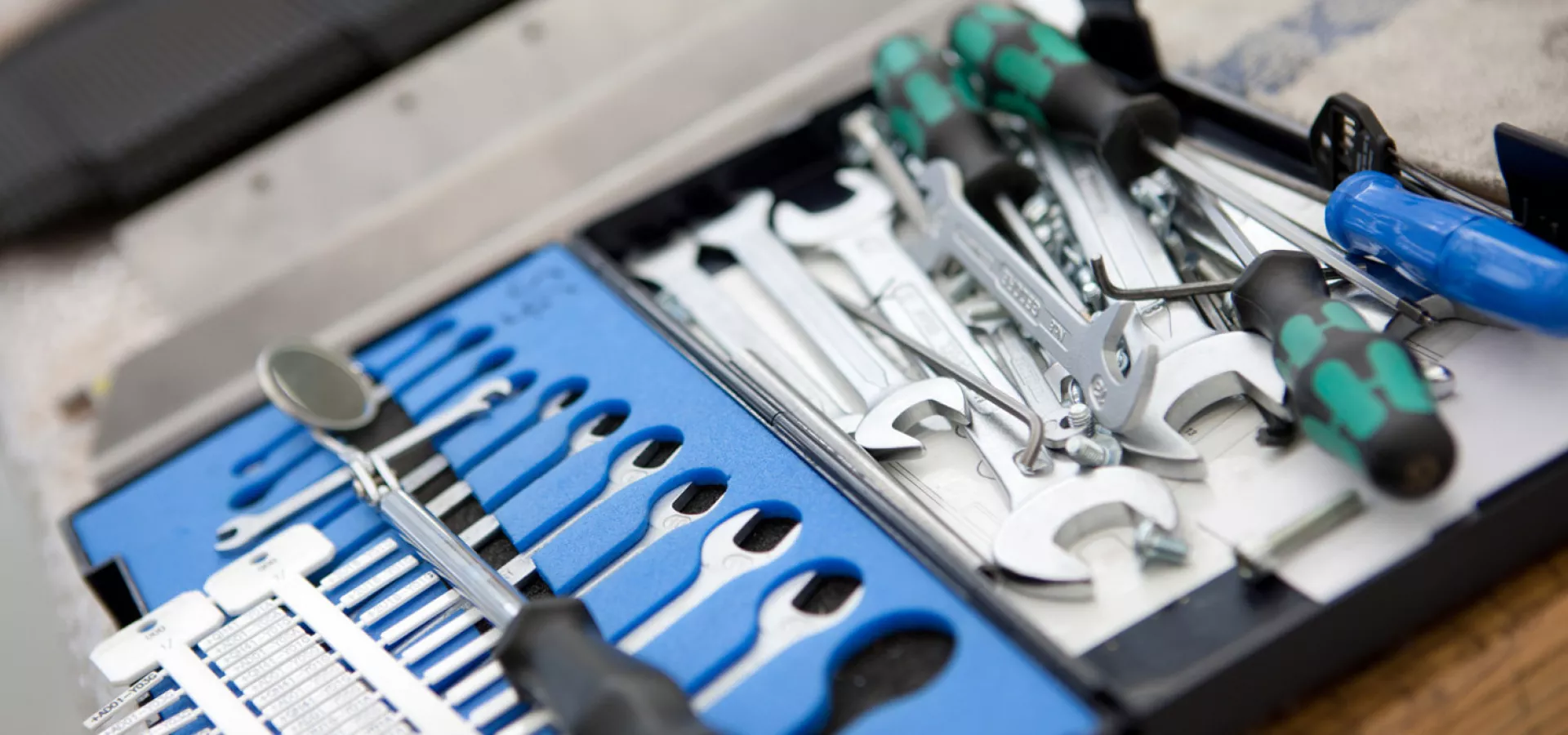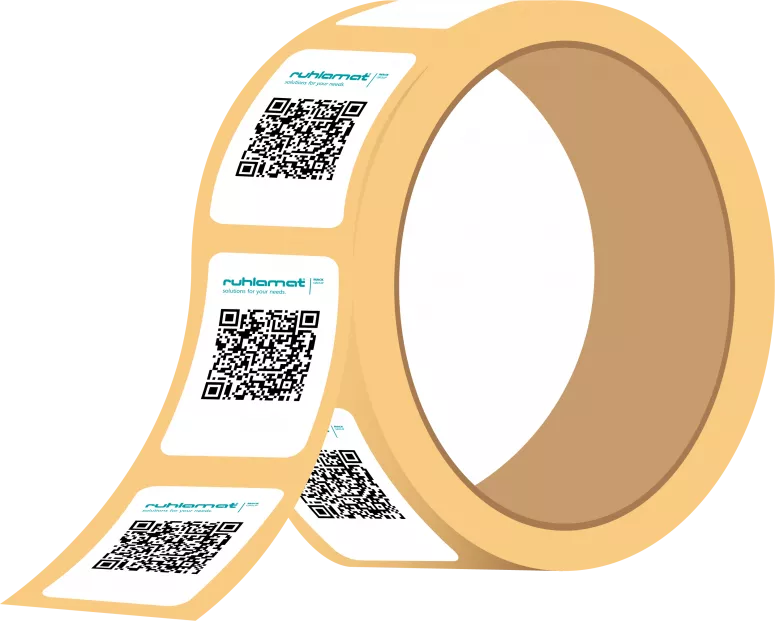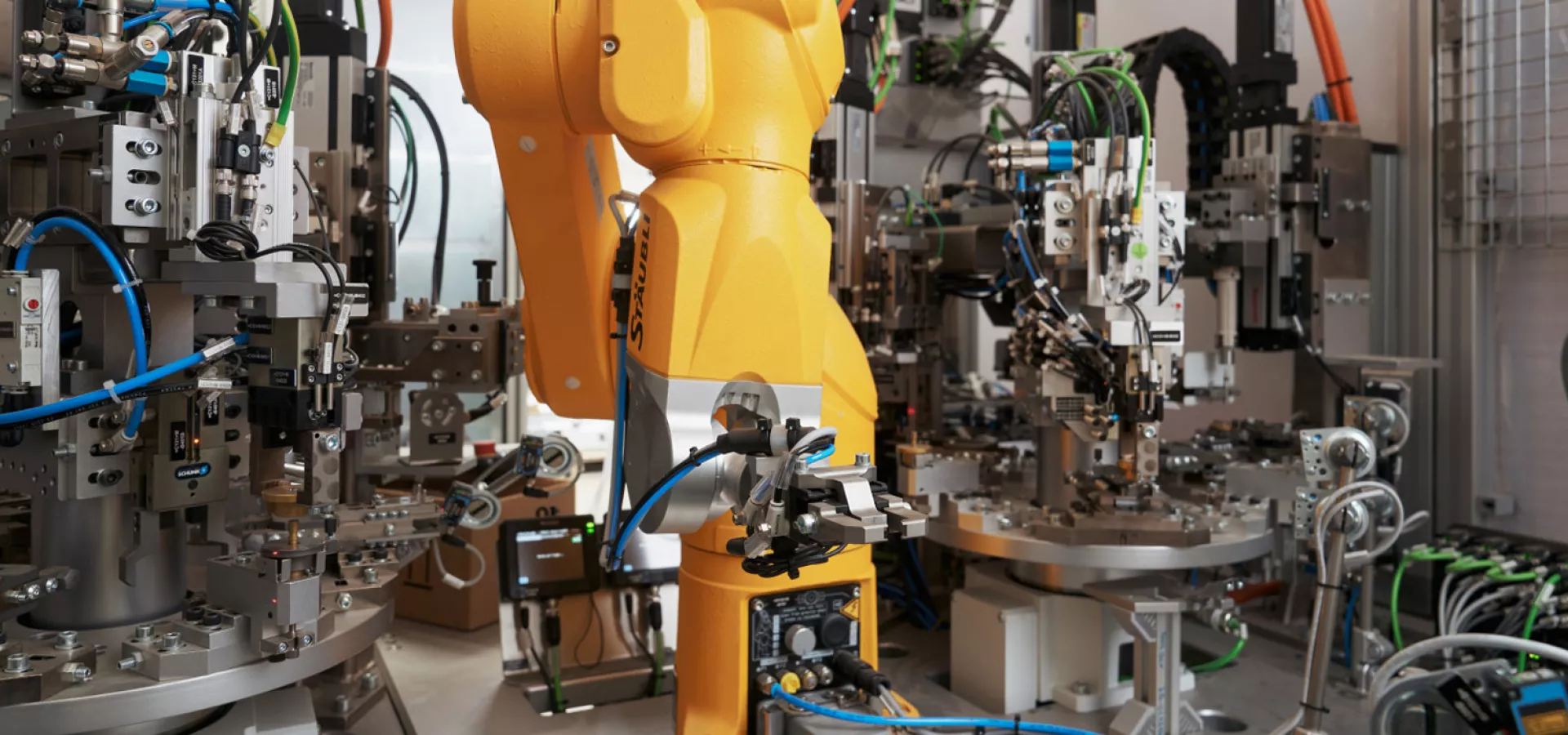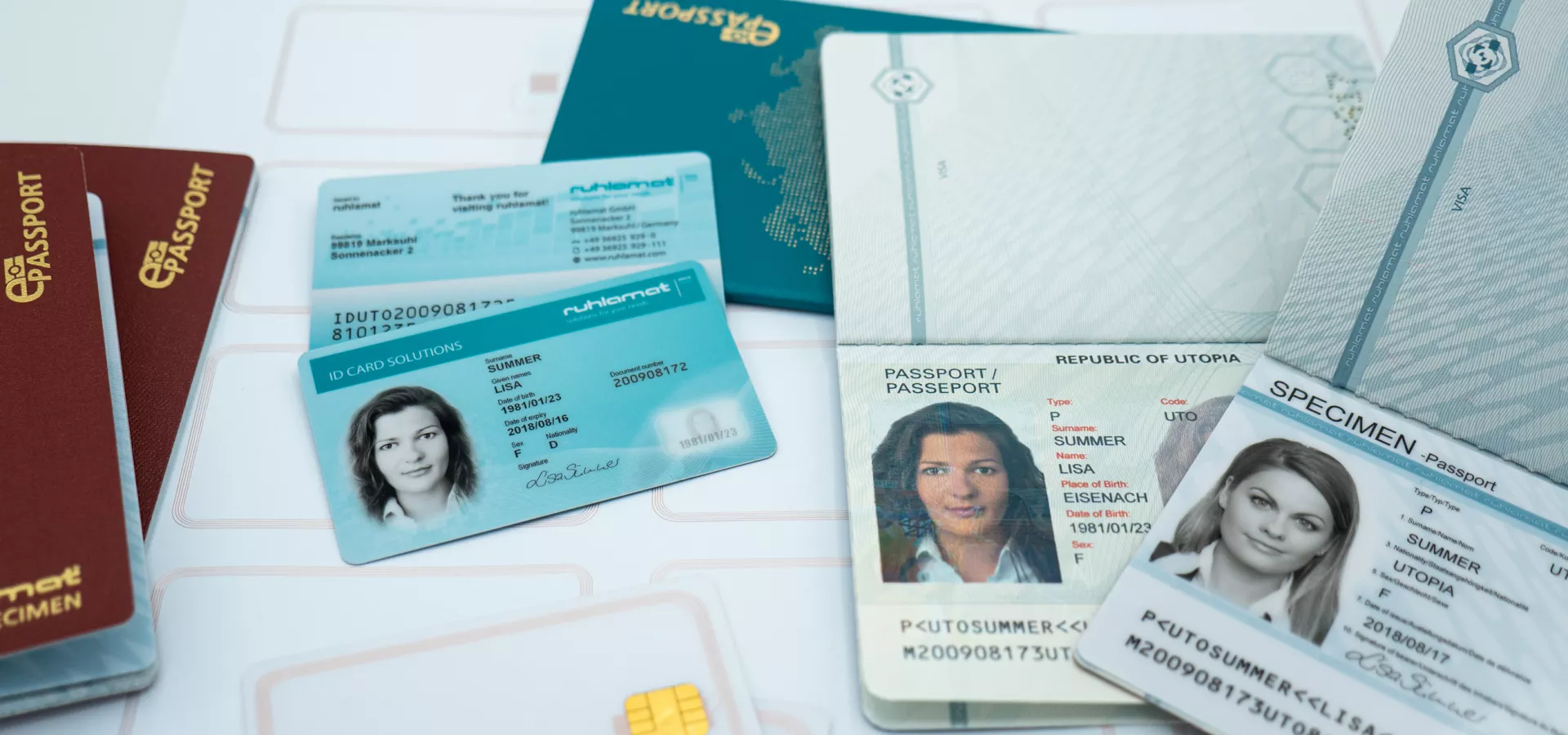
Labeling
Labeling involves the labeling of products and objects. In the course of labeling, these are provided with a label on which various details can be written. Labeling is particularly typical for beverage bottles, but also for many other foodstuffs: The label lists not only information about the ingredients, but also the best-before date, the bar code, the brand name and much more. In industrial production, labeling usually runs semi- or fully automatically. But labeling can just as easily be done by hand. With the help of small hand labelers, this can be done comparatively quickly today. Price labeling in supermarkets is the best-known example of this.
How does labeling work?
Depending on the selected labeling machine, labeling is either manual, semi-automatic or fully automatic. Both automated machines work with labels that are inserted into the labeling machine on large rolls. Depending on the underlying technology, the labels are then applied via a roller or brush or a retractable stamp. The labels are usually adhesive labels, which is why this is often referred to as self-adhesive labeling. In the machine, the labels are detached from the backing film by being pushed over a so-called dispensing edge. The label is then applied to the item to be labeled.
What are the labeling processes?
Various techniques are used for labeling. For example, there is the tamp-on method, in which the label is stamped onto the object to be labeled via the dispensing arm. This allows products of different heights to be labeled because the extendable dispensing arm adapts to the size of the object. This labeling method is used for cartons, for example. If mainly products of the same size are to be labeled, the wipe-on method is recommended. Labeling machines that use this method have a brush or roller instead of a dispensing arm. The object travels along a conveyor belt under the brush or roller and this is how the label is applied. This variant is faster, but offers less flexibility. It is suitable, for example, for production lines with constant series production in high quantities. Another method of applying labels using a labeling machine is the blow-on process. This is particularly recommended for pressure-sensitive labels because it uses compressed air rather than direct pressure contact. In this case, the labels are applied to the object to be labeled using compressed air. A combination variant is tamp-blow labeling, which uses compressed air and a stamp. Both variants enable labeling at impressive speeds.

What is labeling used for?
Some examples of possible applications for labeling machines have already been named: Bottles, food containers or packages. However, there are many other areas in which labeling is used: Faulty passports, for example, are already provided with labels during production so that they do not enter circulation in the first place. Labeling machines are also used in the assembly area: With the help of the labels, the traceability of the product path is ensured. Here, labeling often proves to be a cost-effective alternative to lasers. Another possible application is the use of labeling to join two components: The adhesive dispenser of the labeling machine then contains double-sided adhesive tape, which is used to join two workpieces together.


